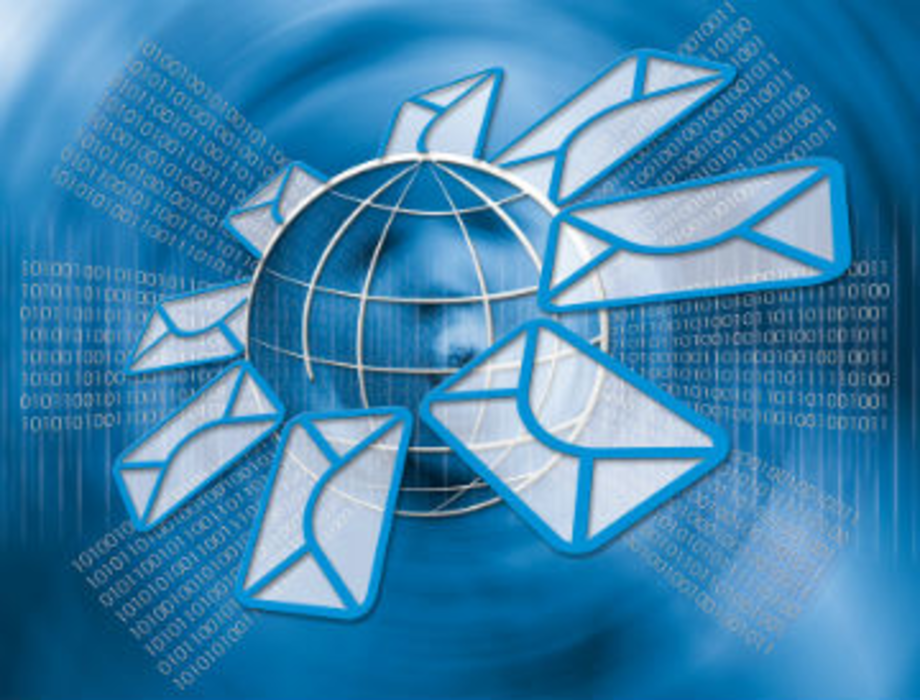As the DMA Email Evolution Conference (EEC) drew to a close, Dela Quist, founder and CEO of Alchemy Worx, urged attendees to organically grow their email databases and amplify email frequency.
“New people and frequency is the key to driving email,” Quist said. “You can’t do anything from an email you didn’t’ get.”
Quist kicked off the EEC’s closing keynote by humbly claiming, “Email dominates the landscape.”
“Anyone without an email address is the digital equivalent of a homeless person,” Quist said. “You can’t do anything. You can’t get a Facebook account. You can’t transact, and if you can’t transact, I don’t really want to talk to you anyway.”
Despite email’s vast presence in today’s digital world, Quist said, email marketers are often afraid to increase their email frequency at the risk of being dubbed (gasp!) a spammer.
“Every time we hit the send button, we want to throw up,” Quist said. “You will be called a spammer. Get over it.”
In addition to helping to eliminate dead email addresses and unsubscribers from lists, email frequency can drive engagement between a brand and its consumers, Quist said.
“It’s not about understanding engagement. It’s about understanding data,” Quist says.
Unlike technological trends, human interactions are rather predictable, Quist said. However, he claimed that marketers still tend to have a skewed perception of their target consumers. Marketers often envision consumers to be one of two extremes: Either they’re overly obsessed and in love with a brand’s emails, or they loath a brand’s emails and “hate you so much that they don’t unsubscribe” so they can continue their hateful demeanor, he said.
“They’re outliers, and they’re totally stupid,” Quist said.
In reality, most of email marketers’ target consumers are “people [who] have a life,” Quist said, and filter irrelevant emails.
To keep email marketers’ engagement perspectives in check, Quist advised the EEC audience to look at data from a specific context rather than obsess over “little snapshots” of data. Quist said this approach is especially appropriate for email marketers who fixate on open and click rates.
“Unless you know what you’re looking at, how do you make an informed decision?” Quist asked.
In addition, Quist said that email links consumers to other channels, such as “those bastards in search.” However, when linking email to another channel, such as mobile, Quist said marketers should understand consumers’ device usage. For example, while consumers may feel comfortable purchasing certain items via their mobile device, such as an item on Amazon, they might not feel as comfortable purchasing others, such as a vacation package or car, Quist said. It’s also important to pinpoint at what time of day consumers are on a particular device, Quist added. For instance, mobile usage is much more popular during lunch hours, he said.
All in all, Quist said marketers need to understand that not all consumers are going to hold every email at equal value. However, just because a consumer doesn’t value a brand’s emailed coupon as much as a note from a potential employer, that doesn’t mean that marketers should throw in the towel.
“You can’t open five emails if you only get one,” Quist said. “Give them a chance…It’s called marketing.”








